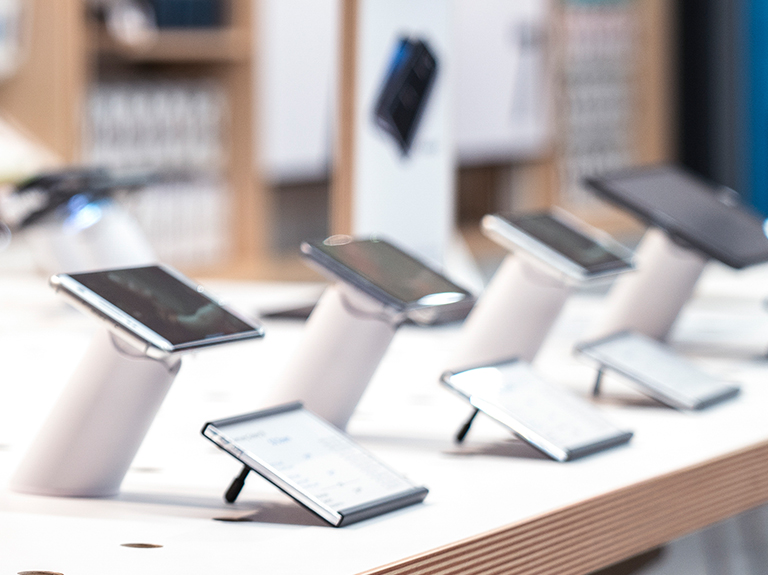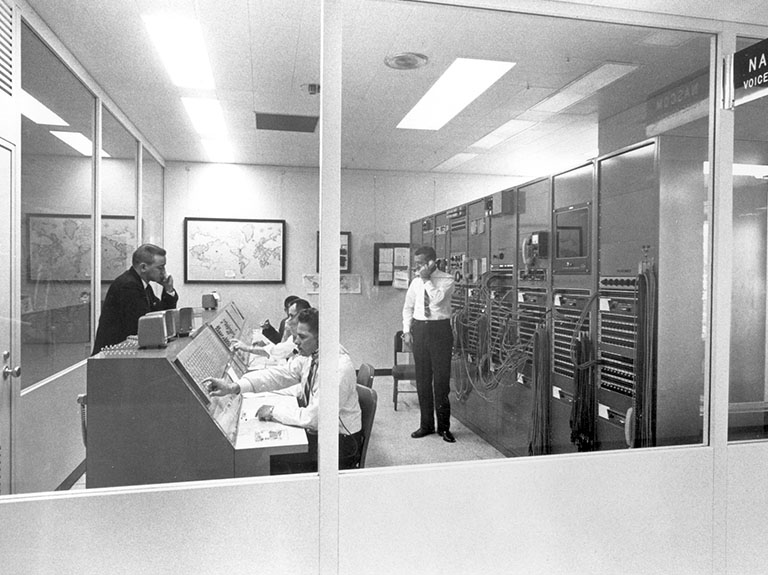It takes persistence to make any progress when facing complex problems. The path to innovation is paved with the lessons of failure. What drives us forward at the AT&T Foundry is a fundamental belief that there is always a frontier to be explored, a better product to be built and an improved service to provide. This principle has been an impetus throughout my career as a physicist and a data scientist. It’s what motivated me to work with my Foundry colleagues and our collaborators at the California Institute of Technology (Caltech) to establish the Intelligent Quantum Networks and Technologies (INQNET) program last year.
INQNET is designed to accelerate the development of quantum communication technologies ushering in commercial products and applications. As part of our partnership, we established a research and development program that brings together experts in academia, industry and government to focus on building a scalable quantum network.
The potential impact of quantum networks will be big. We’re already witnessing the building of the first few quantum computers, and this technology is quickly migrating from research labs to industrial development. Although there are plenty of challenges ahead in the quantum computing space, we’ve stepped into what Caltech physicist John Preskill calls the Noisy Intermediate-Scale Quantum (NISQ) era in quantum computing. At INQNET, we’re figuring out how to link those quantum computers together and build quantum networks. Eventually, we plan to build a quantum internet that will connect quantum computers and devices across the world – much like the internet today connects “classical” devices.
I think of such big-vision problems like solving a giant, complicated floor puzzle. It is impossible for a single entity – whether an academic institution or a government organization or a multinational corporation – to solve the puzzle alone. Creating the network that will eventually link millions of quantum devices together requires tapping into the collective intelligence of numerous experts working and networking together, each tackling a piece of the big puzzle. Our goal through INQNET has been to establish this culture of collaborative work to solve challenging problems by bringing together expertise and resources. This is a unique approach, and at the AT&T Foundry we’re formulating this new organizational prototype for corporate innovation.
I know this organizational model can be an effective tool for innovation and can produce results. Before joining AT&T, I worked on the ATLAS experiment at the European Organization for Nuclear Research (CERN) in Switzerland, one of the world's largest and most respected centers for scientific research. The ATLAS experiment consisted of about 3,000 scientists and engineers from 38 or so countries, and we were all working together to answer fundamental questions about nature and the universe. With a group and a challenge this immense, our approach was to divide the large problems into smaller ones, and then delegate them to the most capable experts. Once each part was solved, the solutions were slowly constructed back together.
We did this when we built the 7 kilotonne, 50-meterlong, 30-meter -high detector. We followed this collaborative approach in the way we collected the data from billions of sensors and analyzed it. We published the paper on the discovery of the Higgs particle, which led to the 2013 Nobel Prize for François Englert and Peter Higgs, using the same model of collaboration.
At the AT&T Foundry, we’re adapting the CERN collaboration model for building quantum networks in an industry context. In what I coined as the “Think-Engage-Build” (TEB) method, we’re strategically breaking up complicated problems, engaging with the top experts in the world who can address these problems, and building solutions together. When it came to advancing quantum technology, we knew we couldn’t and shouldn’t attempt all of it on our own at AT&T. Through the establishment of INQNET – which I see as the first manifestation of the prototype organization for innovation through the TEB model –my goal was to practice one of the greatest lessons I’ve learned at CERN and during the first few transformative years at the Foundry: to innovate, one needs to collaborate.
Although we’re still in the early stages of development, we are excited about the path forward. We, along with our collaborators at Caltech, are starting to see results from using the TEB model through INQNET, where we’re building a quantum network that could eventually scale to solve real-world problems and serve society in ways we cannot yet fathom.


